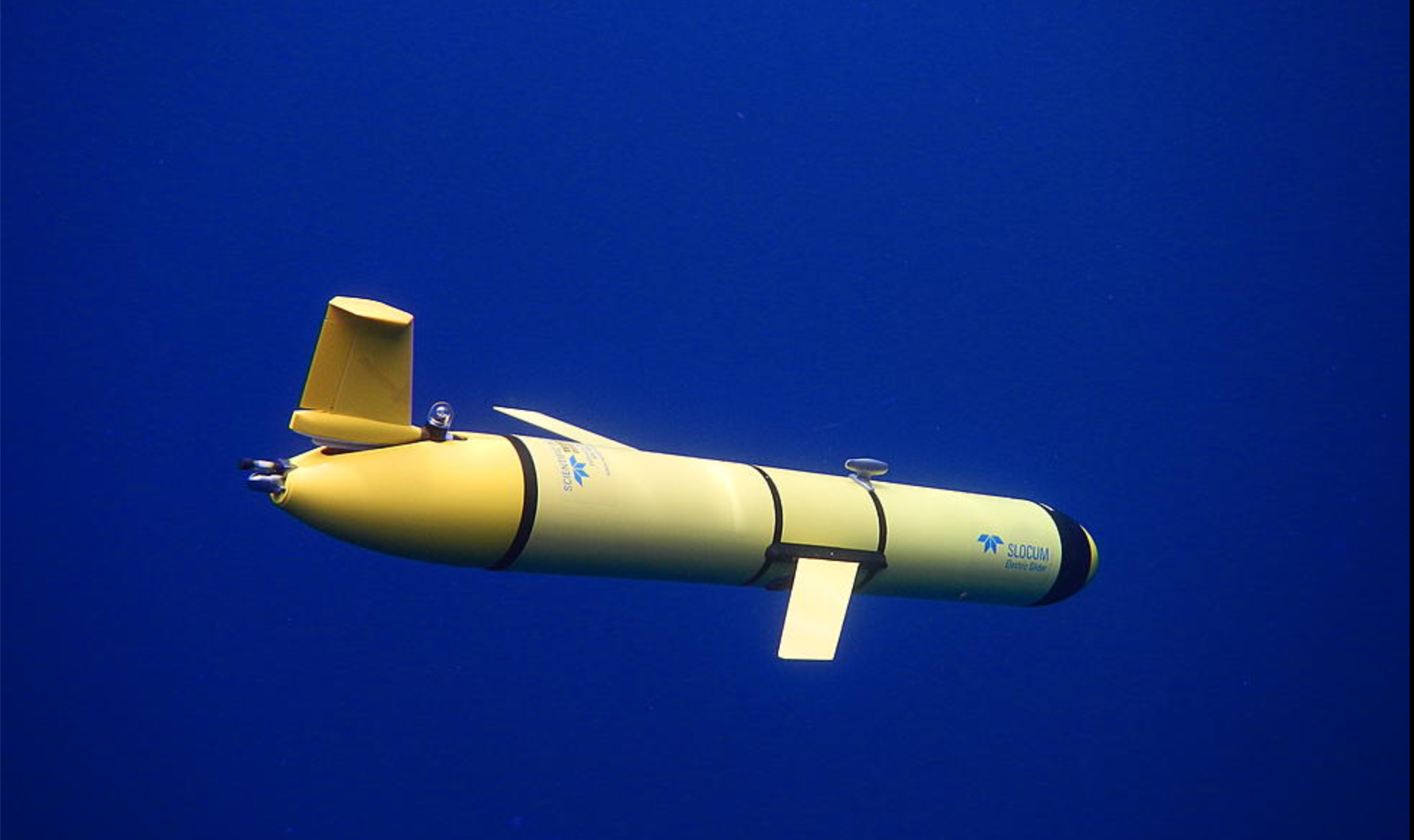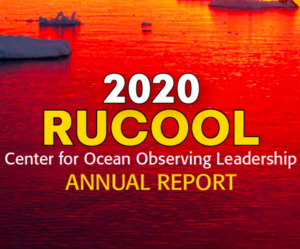Underwater robot gliders are measuring air and sea interaction during hurricanes in the mid-Atlantic region. The little yellow submarines are part of a collaborative effort between Rutgers and Monmouth universities.
Rutgers marine and coastal sciences expert Travis Miles says these 6-foot long gliders safely collect temperature data.
“Ahead of a storm, you don’t want to be on a boat collecting data,” he said. “We don’t want to send our students out or our employees out to do that work. The robots can go to sea and actually do very very well while they’re out there.”
The yellow gliders are launched from Monmouth University’s research vessel Heidi Lynn Sculthorpe, a 49-foot boat christened in 2018 and named after a lifelong shore resident. Heidi Lynn Sculthorpe’s father was a Monmouth University board member.
Ocean heat is the fuel for hurricane winds. Data gleaned from these gliders provides an insight into what makes a big storm tick. Miles says the gliders, borrowed from the Navy and NOAA, collected data from hurricane Irene in 2011 and Sandy in 2012.
“When we recover these systems, we pull those data cards out and they have a wealth of information on them. We will use those to analyze how the ocean mixes ahead of storms or during storms. How that that heat goes back into the atmosphere. We’ll look at ocean velocities. We’ll look at ocean salinity.”




